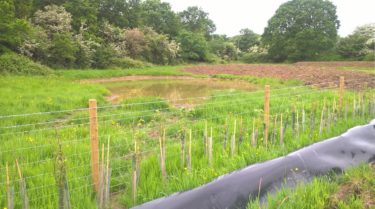The Habitats Directive has been transposed into national law throughout the European Union.
The Directive and the national laws deriving from it set out a procedure for dealing with the effects of development, or any other project, on Natura 2000 sites (these are Special Areas of Conservation and Special Protection Areas). In the UK, it is also a matter of policy that the same procedure applies to Ramsar sites. The procedure is often referred to as a ‘Habitats Regulations Assessment’ and it includes two initial steps: (i) the ‘likely significance test’ and (ii) an ‘appropriate assessment’. The formal assessment of these two tests is undertaken by the ‘competent authority’ which is normally the planning authority.
Our ecologists are able to provide early advice to our clients on whether such assessments are likely to be required, as well as the information required by the competent authority to complete the formal assessment, including our view on whether development proposals are consistent with the terms of the Directive. We have particular experience of undertaking this work in relation to coastal and heathland designated sites.
The Directive also sets out procedures for development affecting European protected species. The ‘three tests’, that form part of this procedure, need to be considered twice for development proposals that affect such species: firstly by the planning authority when considering whether to grant planning permission and secondly by the licensing authority after planning permission has been granted. Again, our ecologists can provide guidance to our clients as to whether these tests are likely to be met and also provide the information required by the planning authority. All commonly encountered European protected species are covered by us, including great crested newts, dormice and bats.















